Haidilao had a tough year in 2021.
BEIJING, December 27 (TMTPOST) -- China’s leading catering company Haidilao launched eight low-priced fast food brands in 2019 and 2020, offering dishes such as a 2.99 yuan (less than 1 US$) cold noodle or a 30 yuan (about 4 US$) Japanese-style meal. However, four out of the eight brands, namely “Qiaoqiao’s Rice Noodle”, “Baifu Home Noodle”, “Laopai You Mianer” and “Damoutian”, are out of business now.
The stores under the rice noodle brand were shut down only 10 months after their opening. “Baifu Home Noodle” restaurants opened in Zhengzhou in September 2020 and were shuttered after slightly over a year.
Those non-hotpot brands focus on easily prepared dishes, such as rice noodles, meat on rice and stir-fried dishes, and thus the stores can be easily replicated. Relying on the existing supply chain, Haidilao is able use to the infrastructure to distribute food ingredients without building a new system from scratch. The creation of sub-brands was the company’s effort to duplicate its success in the hotpot business and continue its business growth.
The com petition in fast food markets has been very fierce in China. Even capitalizing on the big name of Haidilao and its supply chain, other costs including high store rents, high staff costs and pandemic-related restrictions still posed as hurdles on the road to profitability. Haidilao is known for its considerate customer services, such as free manicure, free snacks and free shoe polishing.
To date, Haidilao’s non-hopot brands are still groping their way. Based on its 2021 interim financial report, revenues from “other restaurant operations” grew to 91.538 million yuan in the first six months of 2021 from 12 million yuan in the same period of 2020, nearly eightfold year over year. However, the revenue from new sub-brands as a share of total revenues was merely 0.5% in the first half of 2021, compared with 0.1% in the same period of 2020.
Haidilao revealed that the sub-brands were incubated by internal employees. Only the fittest of the sub-brands survived the market’s “natural selection”, according to the person familiar with the matter. It looks that the natural selection phase has been completed by now and the next phase is the promotion of the fittest.
300 restaurants to be closed by yearendActually not just the four sub-brands were terminated. In early November, Haidilao announced that it would shut down 300 outlets of Haidilao with low traffic and poor business performance.
After the pandemic ebbed in China, many offline retail companies slowed down their expansion and even reduce the number of their outlets. However, Haidilao did not close any outlet. On the contrary, it expanded aggressively both in China and abroad. Now due to a cash constraint and high operating costs, it had to start closing some stores.
Haidilao’s Executive Director and Chief Strategy Officer Zhou Zhaocheng defended the decision of store closure. The closure of the underperforming stores is a measure to “stop loss and increase the traffic to nearby stores,” Zhao said.
A surge in operational costs from fast business expansions far outpaced the rise in revenues, leading to a fast decline in profits. According to the financial report, total revenues from operations in the first half of 2021 jumped 105% to 20.09 billion yuan while profits shot up by 110% to 96.5 million yuan. However, the profits for the first six months of 2021 were not as good as that for the same period of 2019.
Despite the surge in revenues, the average table turnover and consumption per person were even lower than those in the worst period of the pandemic in 2020. In the first half of 2021, the average table turnover rate was 3 times per day while the figure was 3.3 times per day in the first half of 2020.
Haidilao’s founder Zhang Yong admitted that the aggressive expansion was based on his wrong forecast. “In June 2020, I predicted that the pandemic would be over by September 2020. However, even today, our stores in Taiwan and Singapore cannot be opened. In June 2020, I made a plan to add more stores. Now that decision proved overoptimistic. It was already January 2021 when I realized the problem and it was March when I reacted to it,” he said.
Slow Growth Disappoints ShareholdersHaidilao’s fast business expansion is partly to meet the expectations of its shareholders after its public listing in Hong Kong in 2008. Following surges in the share price, Zhang emerged as the richest person in Singapore in 2019. However, the reverse side of a coin is that the development strategy is no longer completely in the hands of Zhang.
After the initial public offering (IPO), Haidailao is under pressure to keep growing in order to meet the expectations of investors. Profit growth is realized often through an increase in business size. Prior to its IPO, Haidilao had nearly 300 outlets. About 3 years after the listing, the total number of its outlets soared to 1,597. According to the data from Guosenn Securities, Haidilao’s business size grew by 60% to 70% year over year from 2017 to 2021.
However,with the fast replication of outlets, good customer experience is not hard to be maintained. In recent years, there were repeated scandals, including sanitary issues, safety risks, poor tastes of food and price hikes. Haidilao, whose good reputation is built on its good quality and services, has been damaged undoubtedly.
In response to the negative news, Zhang said that he was familiar with management members in each store and solved problems quickly in person when there were not many stores. With so many outlets now, he could not discover problems, including serious problems, quickly.
Zhang addressed such issues frankly in a shareholder meeting in June. “As the largest shareholder of Haidilao, I have no hope, and no company will always continue to grow,” he said bluntly.
As to the stock performance and negative publicity, Zhang said that the share price was determined many factors in capital markets. “ There are many online rumors about me. It is beyond my control. I will try my best to do my work.”



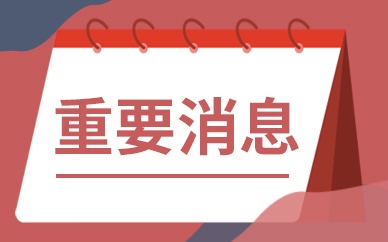

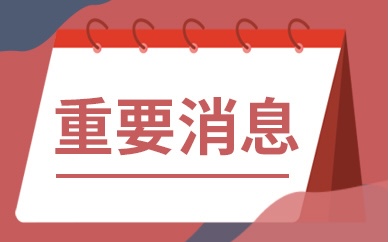




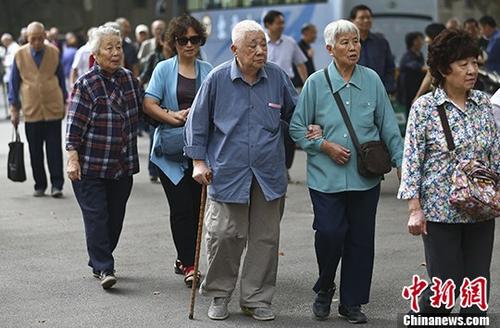

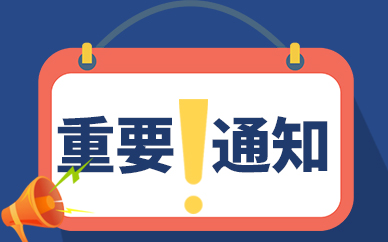
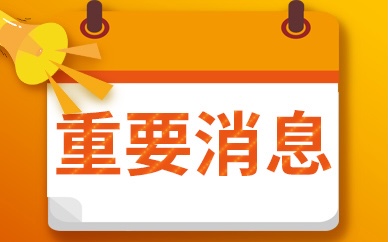



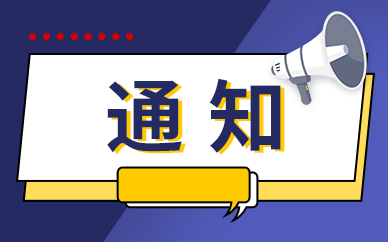

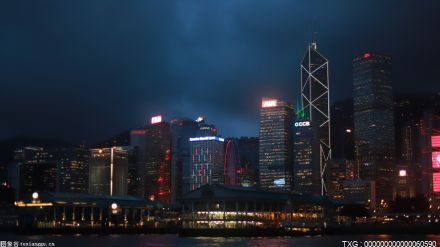

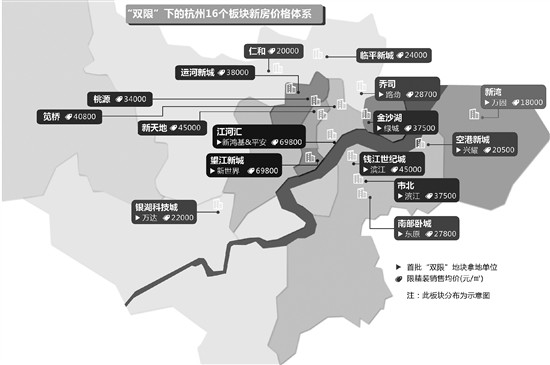
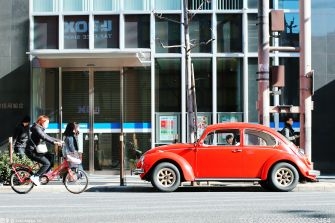
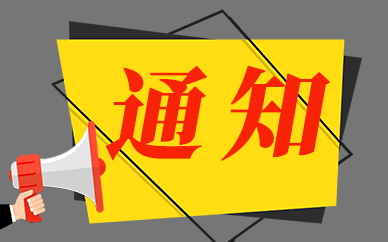
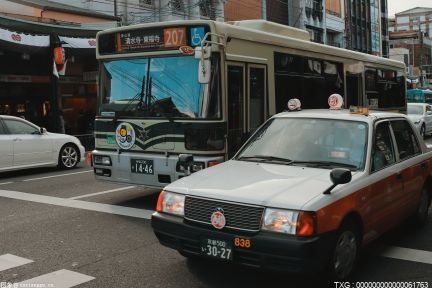
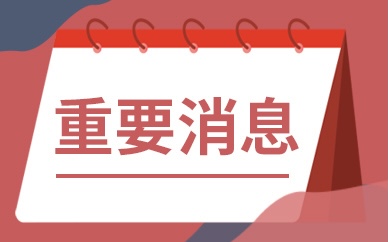







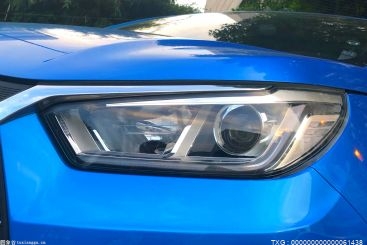



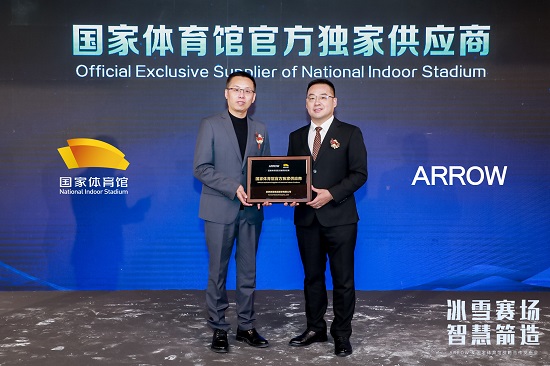

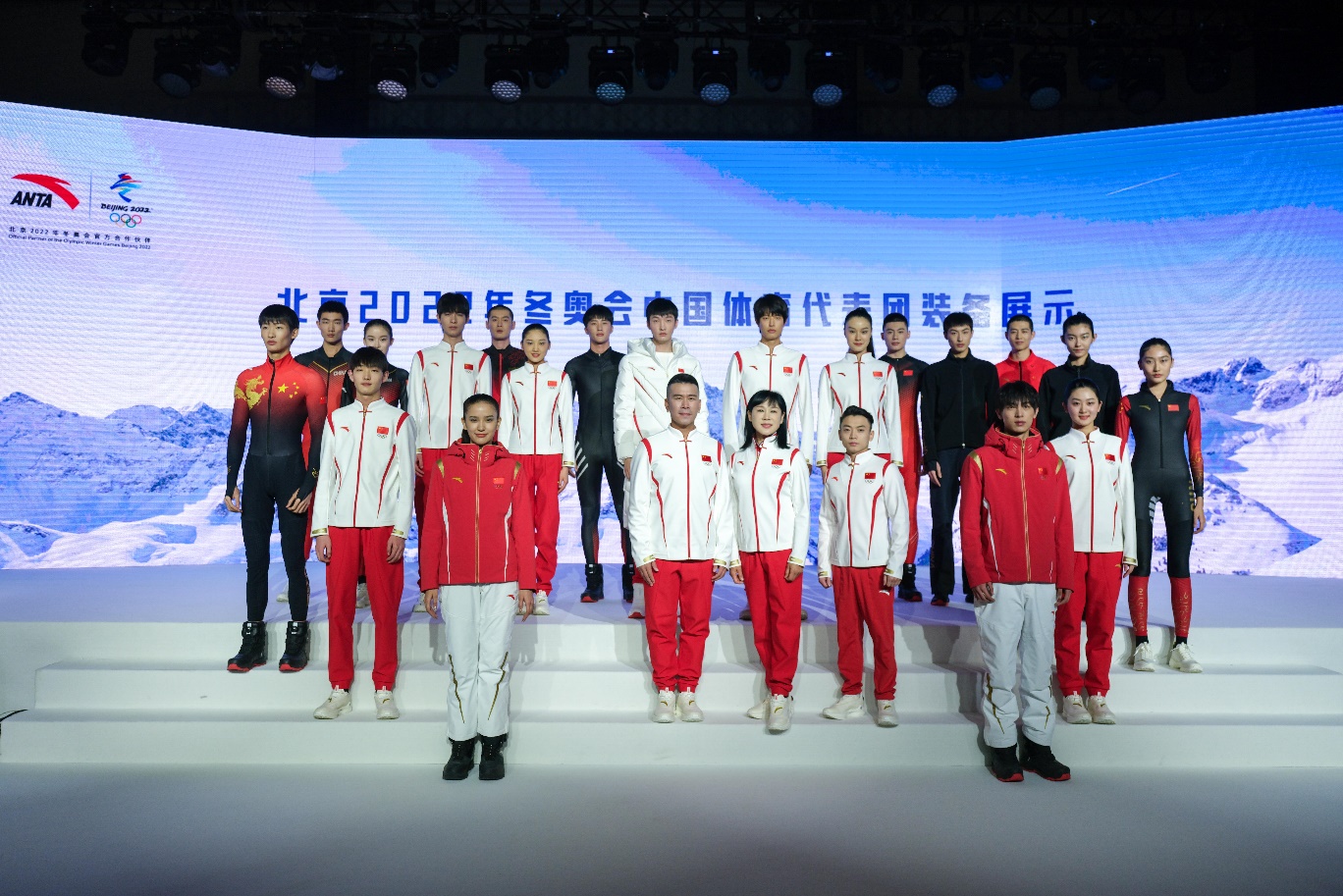



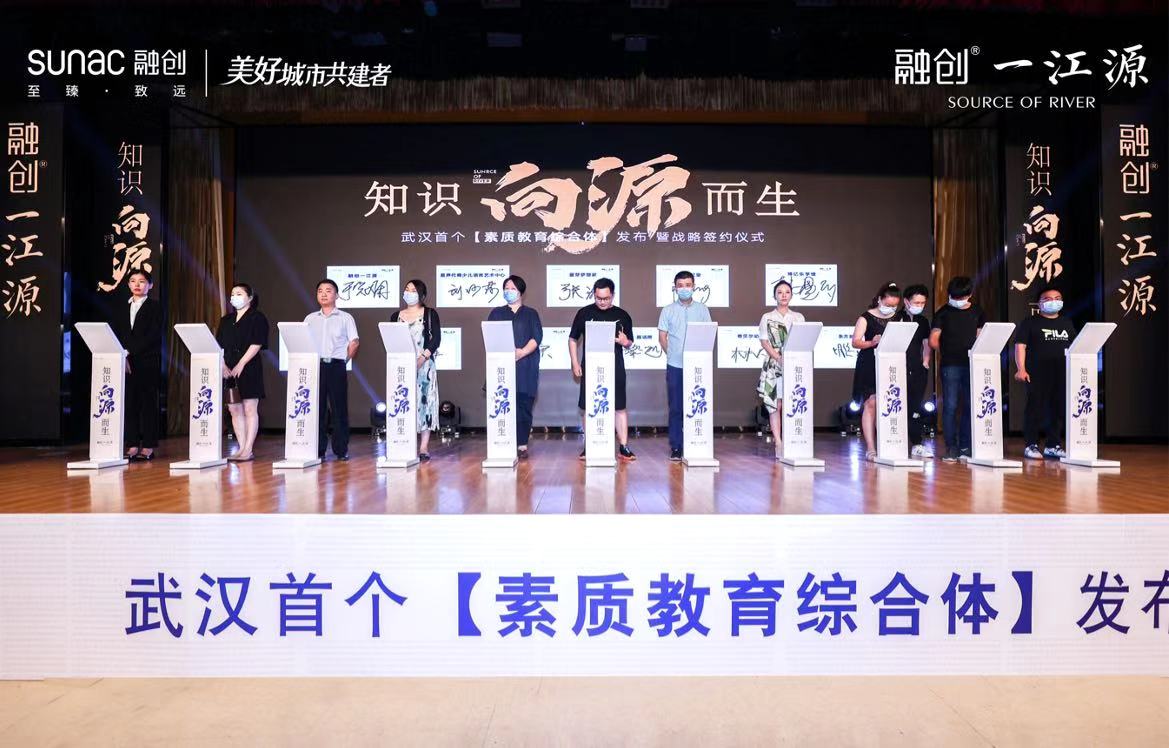
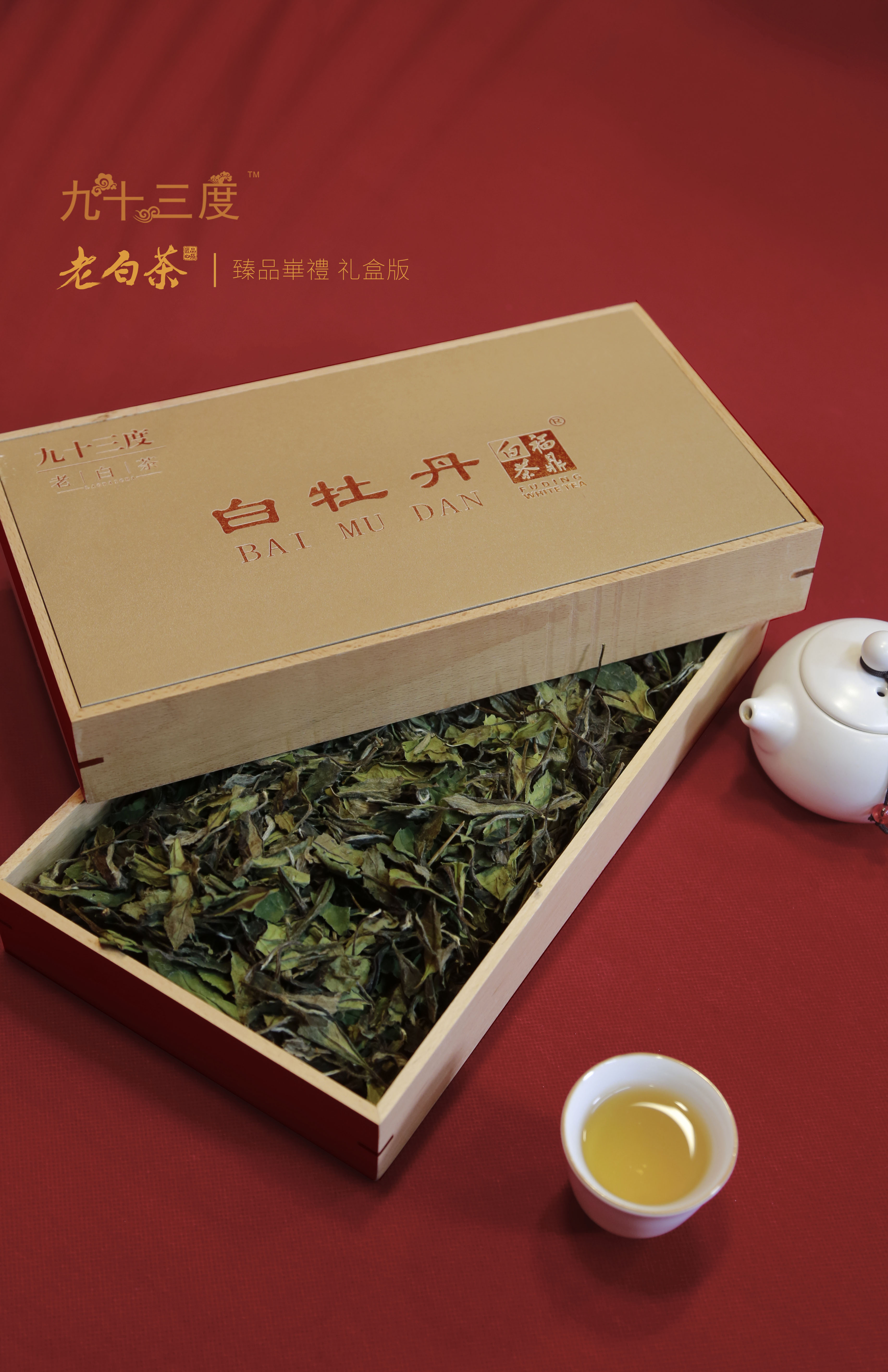

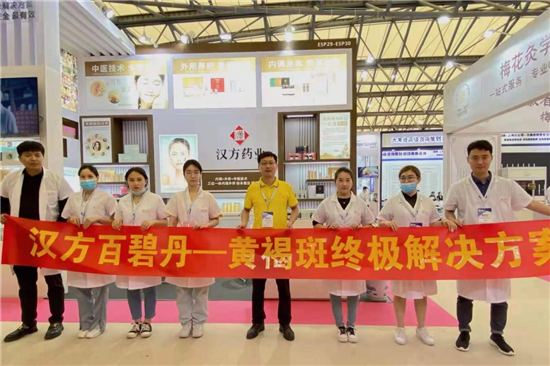
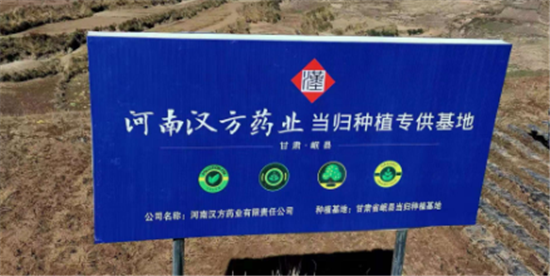
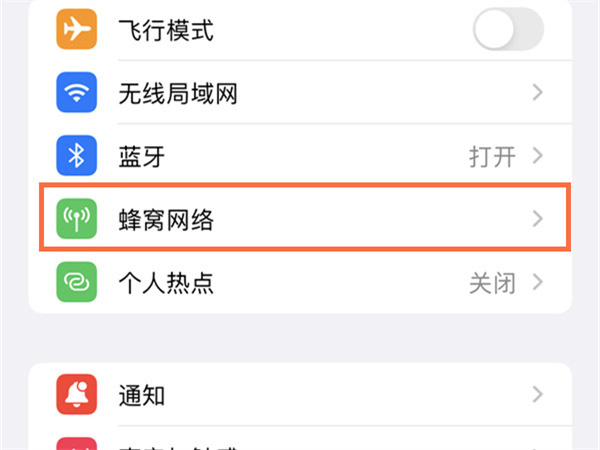

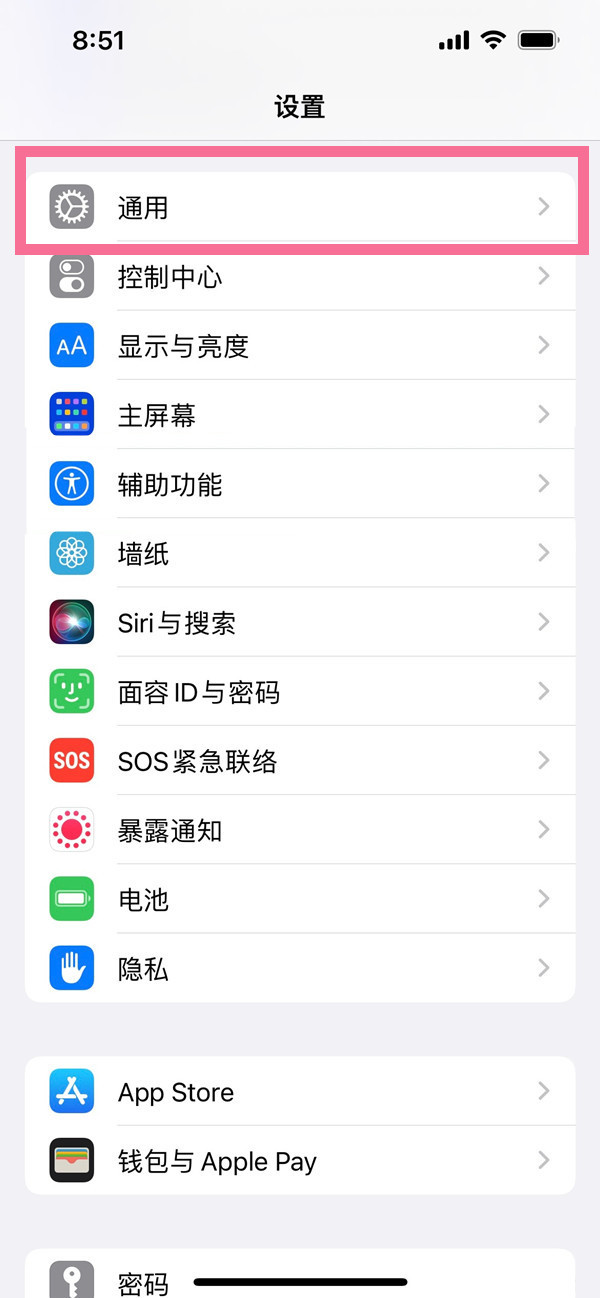


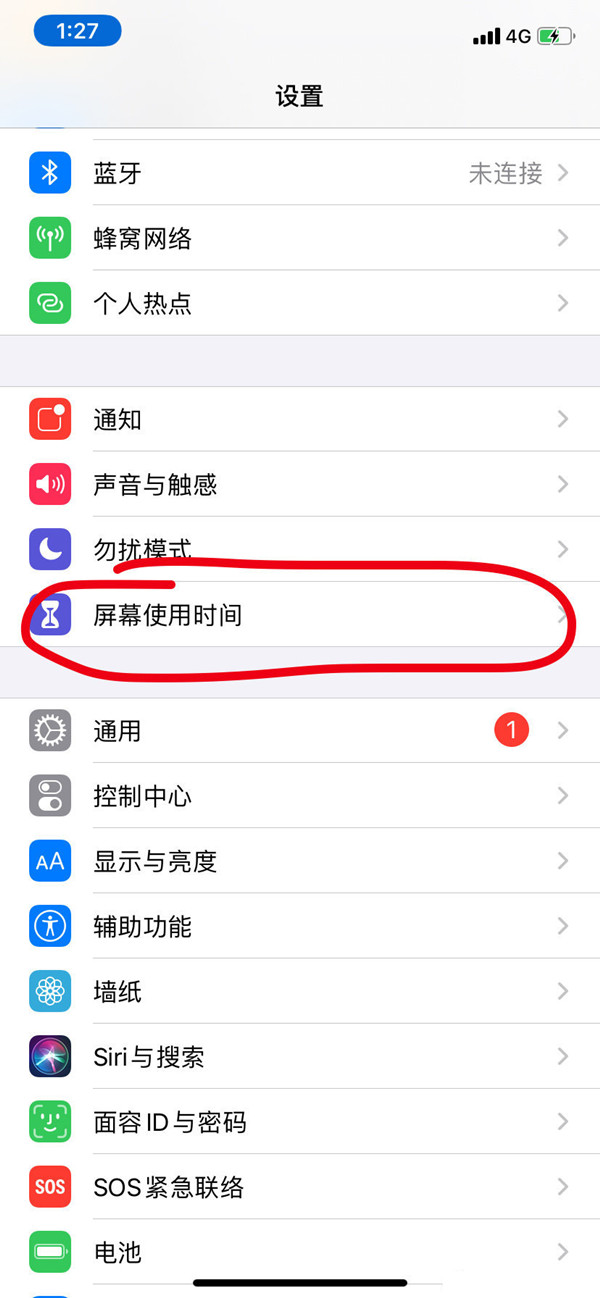




 营业执照公示信息
营业执照公示信息